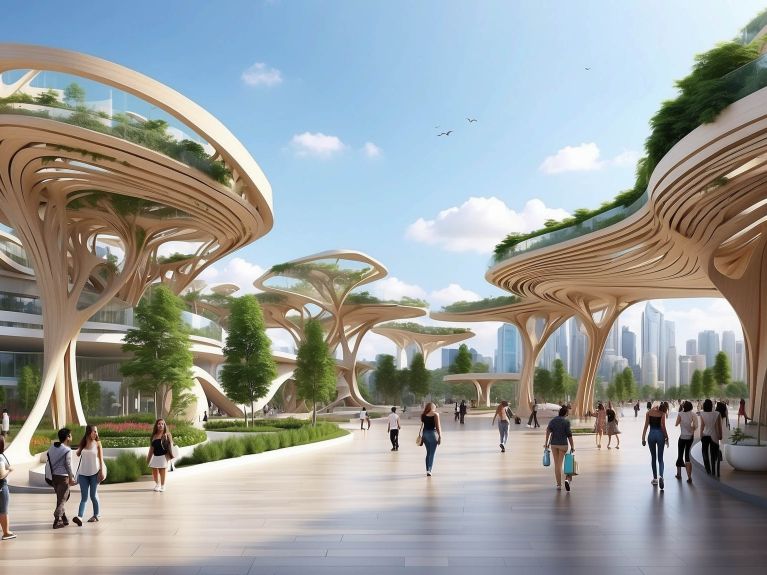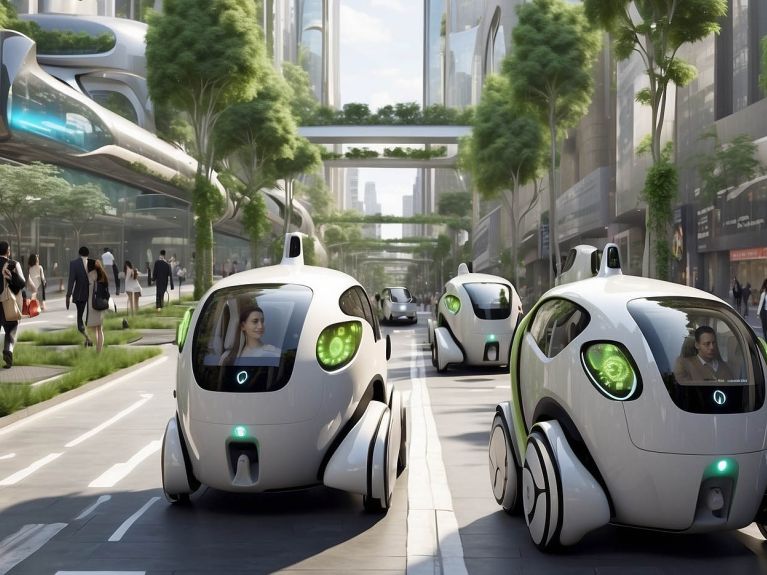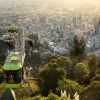Visions for the city of the future
What will the city of the future look like? An architect, an urban planner and a trend researcher provide answers – and an AI visualises their ideas.

As a trend researcher, sociologist Christiane Varga observes the transformation of living spaces and draws on her insights to envision the consequences for architecture, construction and design in the future: < 1}
The more we spend time in the digital world, the more important it is to be able to perceive our analogue environment with all our senses. So a city of the future will have to focus on more on this aspect, e.g. by providing lots of gardens and water installations. Urban gardening and rooftop gardens will also be a key factor in ensuring clean air. Wood will be even more strongly integrated as a construction material. The city of the future will bring people closer together again. For example, there will be nursery schools in retirement homes, or new forms of residential facilities such as co-housing with so-called shared spaces.
German architect Matthias Hollwich lives and works in New York. This city shapes his ideas for the future, too:

Hopefully, construction in the future will be less geared to height and width. The city of the future will be densely built-up like New York, but it will also offer space – as is the case here with Central Park. Perhaps we should consider designing cities like landscapes that offer a whole new sense of experience and recreational possibilities. This means you have to take a radically different approach to architecture, starting with the quality of the public spaces rather than the design of the buildings. We need to focus more on people again. Nobody likes to sit at the side of a road.
Detlef Kurth is an urban planner and teaches at the Technical University of Kaiserslautern. In his vision, one of the defining features of a cityscape will be autonomous robo-taxis:

The cities of the future should be dense and compact so that everything is no more than fifteen minutes away. This will take up less space and reduce commuter traffic. In the city of the future, there won’t be any combustion cars or private transport any more, only autonomous robo-taxis that take us everywhere. And there’ll be no car parks in the city of the future, either. Instead, street areas will be planted with green.


